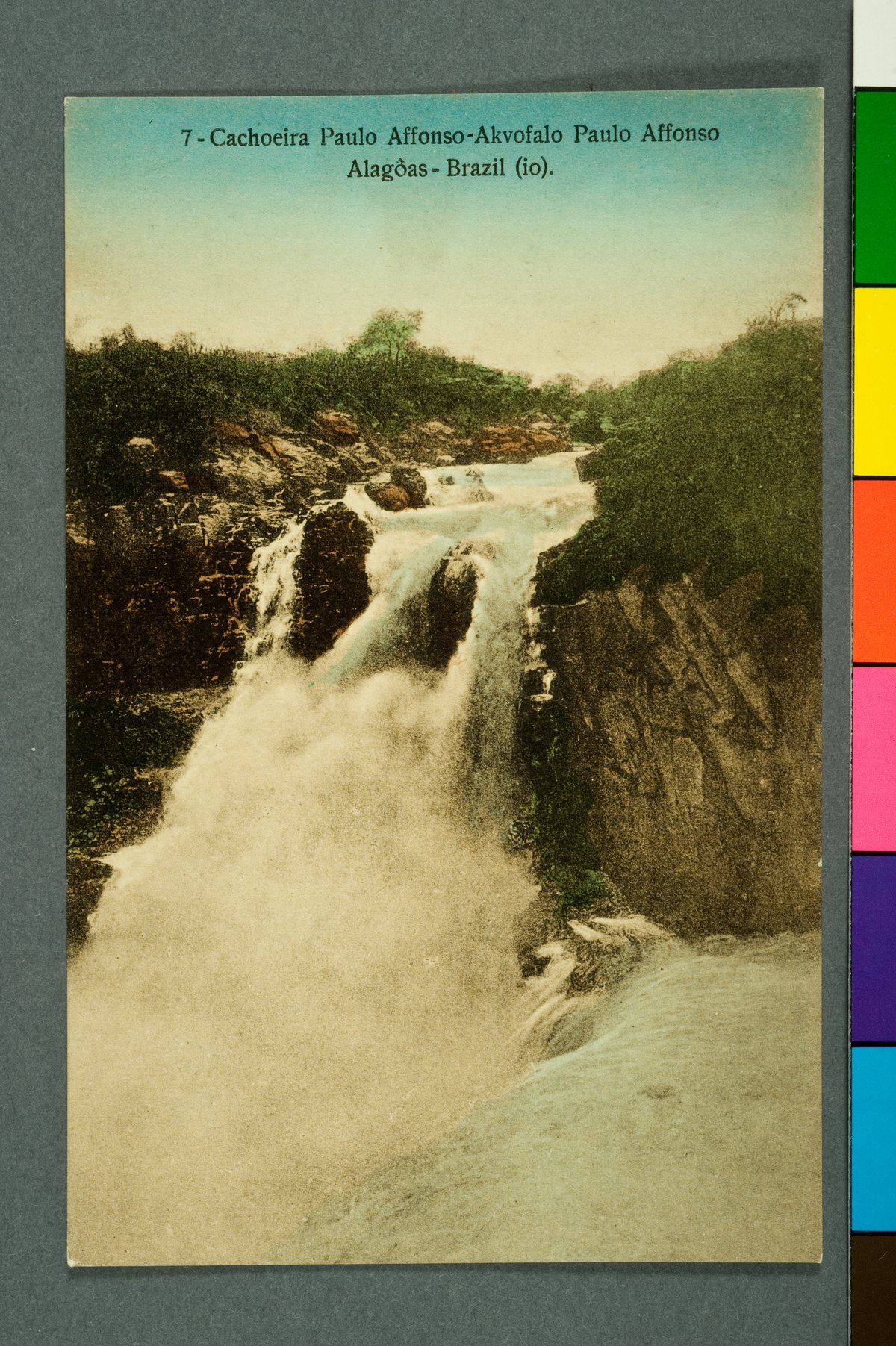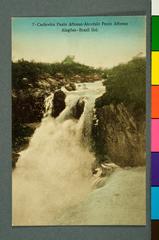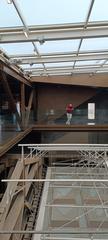
Museu Paulista Visiting Hours, Tickets, and Historical Sites in São Paulo
Date: 14/06/2025
Introduction to Museu Paulista
Located in São Paulo’s historic Ipiranga district, the Museu Paulista—commonly known as Museu do Ipiranga—stands as a symbol of Brazil’s journey to independence and a cornerstone of the nation’s cultural identity. Established in the late 19th century, near the site where Emperor Dom Pedro I declared Brazil’s independence in 1822, the museum boasts iconic neo-classical architecture and expansive collections. With more than 450,000 artifacts, including Pedro Américo’s renowned painting “Independência ou Morte” (“Independence or Death”), historical documents, decorative arts, and an extensive photographic archive, the museum provides an immersive exploration of Brazil’s political, social, and artistic evolution. As an academic partner of the University of São Paulo, the museum also fosters research and public engagement, making it an essential destination for history enthusiasts and visitors to São Paulo. This guide details everything from visiting hours and ticketing to collection highlights and practical tips for making the most of your visit (Museu Paulista - USP, Museu do Ipiranga Official Site, Wikipedia).
Contents
- Origins and Founding
- Museum Collections and Highlights
- Architecture and Symbolism
- Visiting Information (Hours, Tickets, Accessibility)
- Visitor Amenities and Tips
- Educational and Social Engagement
- Frequently Asked Questions (FAQ)
- Conclusion
- Sources and Further Reading
Origins and Founding
The Museu Paulista was inaugurated in 1893 and designed by Italian architect Tommaso Gaudenzio Bezzi as São Paulo’s first public museum. Its neo-classical design and its prominent location overlooking the Ipiranga River were intentional, emphasizing its role as a monument to Brazil’s independence and the aspirations of the nascent Brazilian Republic (Museu Paulista - USP).
The museum’s original collection included Pedro Américo’s “Independência ou Morte” and the Museu Sertório collection. Under Hermann von Ihering, the focus expanded to natural history, but by 1917, director Afonso Taunay shifted its mission toward preserving and showcasing Brazilian history and national memory. The museum thus became a repository for artifacts, documents, and artworks chronicling São Paulo’s and Brazil’s broader historical narratives, eventually integrating with the University of São Paulo in 1963 to enhance its research and educational mission (Museu Paulista - USP).
Museum Collections and Highlights
Permanent Collection
Museu Paulista’s collection contains over 450,000 items, focusing on Brazil’s independence, the 19th-century Empire, and São Paulo’s development. Notable highlights include:
- “Independência ou Morte” by Pedro Américo: The iconic painting depicting Dom Pedro I’s declaration of independence.
- Furniture, Decorative Arts, and Textiles: Reflecting Brazilian domestic life from the colonial era to the early 20th century.
- Maps and Documents: Rare cartographic items, manuscripts, and photographs documenting São Paulo’s and Brazil’s transformations.
- Photographic Archives: Works by Militão Augusto de Azevedo, Guilherme Gaensly, and Werner Haberkorn, illustrating urban and social changes (Wikipedia).
Temporary and Rotating Exhibitions
Renovations have brought new exhibition formats, including:
- Linha do Tempo (Timeline): A chronological journey through the museum and Brazil’s history.
- Independência e Construção da Nação: Exploring the forces that shaped independence.
- Vida Cotidiana Paulista: Showcasing domestic objects, clothing, and photographs (Museu do Ipiranga).
Material Culture and Social History
The museum’s collections serve as a lens for understanding everyday life, labor, and collective memory, emphasizing diversity and inclusion in Brazilian history (Museu.ms).
Architecture and Symbolism
Museu Paulista’s imposing neo-classical building, surrounded by Versailles-inspired gardens, is both a historical artifact and a symbol of national identity. Its location at Independence Park, adjacent to the Monument to the Independence of Brazil, underscores its significance as a site of memory (Google Arts & Culture).
Visiting Information
Location and Getting There
- Address: Rua Brigadeiro Jordão, 149, Ipiranga, São Paulo, Brazil, CEP 04210-000 (Trip.com)
- Public Transport: Close to Alto do Ipiranga and Sacomã metro stations (Line 2 – Green) and several bus lines. Taxis and ride-shares are available. Limited street parking; public transport is recommended.
Visiting Hours
- Tuesday to Sunday: 10:00 AM – 5:00 PM (last entry at 4:00 PM)
- Monday: Closed
- Note: Hours may vary on holidays or for special events; always confirm via the official website (Nomadic Matt).
Tickets and Admission
- General Admission: Free
- Special Exhibitions: Some may require reservations or separate tickets during peak periods.
- Free Days: Admission is free on Wednesdays and the first Sunday of each month.
- Group and Educational Visits: Advance booking required (Museu Paulista - Official Site).
Accessibility
- Facilities: Ramps, elevators, accessible restrooms, and staff assistance.
- Guide Dogs: Permitted.
- Resources: Tactile maps and audio guides may be available; contact ahead for specific needs (Trip.com).
Visitor Amenities and Tips
- Restrooms: Accessible on all floors.
- Café: Offers snacks, drinks, and light meals with views of the gardens.
- Gift Shop: Books, souvenirs, and crafts related to Brazilian history.
- Wi-Fi: Available in public areas.
- Lockers: Storage for personal items; large bags may not be permitted in exhibition spaces.
- Photography: Non-flash photography is usually allowed; check for restrictions.
Tips:
- Arrive early, especially on weekends and free-admission days.
- Allocate time to enjoy the gardens and nearby monuments.
- Consider combining your visit with other local attractions like the Museum of Zoology of USP or the Portuguese Language Museum (Trip.com).
Educational and Social Engagement
As part of the University of São Paulo, the museum is a center for research, lectures, and cultural events. Educational programs, workshops, and guided tours (in Portuguese and sometimes English or Spanish) are offered to promote historical inquiry and dialogue. The museum is committed to representing diverse social groups and encouraging critical engagement with Brazil’s history (World Cities Culture Forum).
Digital access has also expanded, with virtual tours and online exhibitions available for remote audiences (Google Arts & Culture).
Frequently Asked Questions (FAQ)
-
What are the visiting hours?
Tuesday to Sunday, 10:00 AM to 5:00 PM (last entry at 4:00 PM); closed Mondays. -
How much do tickets cost?
General admission is free. Special exhibitions may have separate charges; check the official site for updates. -
Is the museum accessible?
Yes, with ramps, elevators, and support for visitors with disabilities. -
Are guided tours available?
Yes, in Portuguese and sometimes English or Spanish. Advance booking is recommended. -
How do I get there by public transport?
Use the Alto do Ipiranga or Sacomã metro stations (Line 2 – Green) or city buses. -
Are pets allowed?
Only guide dogs are permitted inside the museum. -
Can I bring food or drinks?
Not inside exhibition areas; food and drinks are allowed in the café and garden spaces. -
Is the site family-friendly?
Yes, with interactive exhibits, family amenities, and stroller access. -
Can I book group or educational visits?
Yes, advance booking is required for groups.
Conclusion
The Museu Paulista is a centerpiece of Brazilian heritage, offering visitors an in-depth journey through the nation’s independence, social evolution, and cultural identity. With its vast collections, grand architecture, and commitment to education and inclusion, it is a must-visit site in São Paulo. Plan your visit by confirming the latest hours and ticket policies on the official website, and enhance your trip with resources like the Audiala app for guided tours and exclusive content. For further insights and updates, follow the museum and related cultural attractions on social media.
Explore, learn, and immerse yourself in the heart of Brazilian history at Museu Paulista!
Sources and Further Reading
- Museu Paulista - USP
- Museu do Ipiranga Official Site
- Wikipedia: Museu do Ipiranga
- WhichMuseum: Paulista Museum São Paulo
- Trip.com: Museu Paulista São Paulo
- Nomadic Matt: São Paulo Travel Tips
- Museu.ms: Museu Paulista Details
- Google Arts & Culture: Museu Paulista
- World Cities Culture Forum: São Paulo






































































































































































